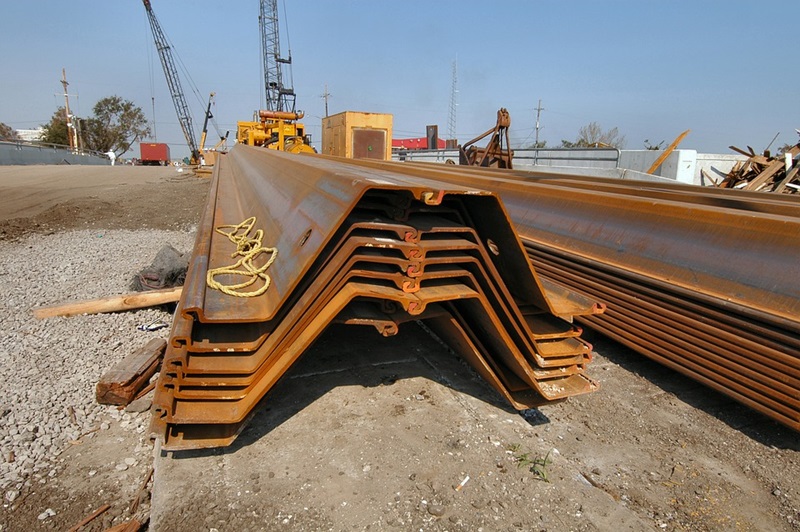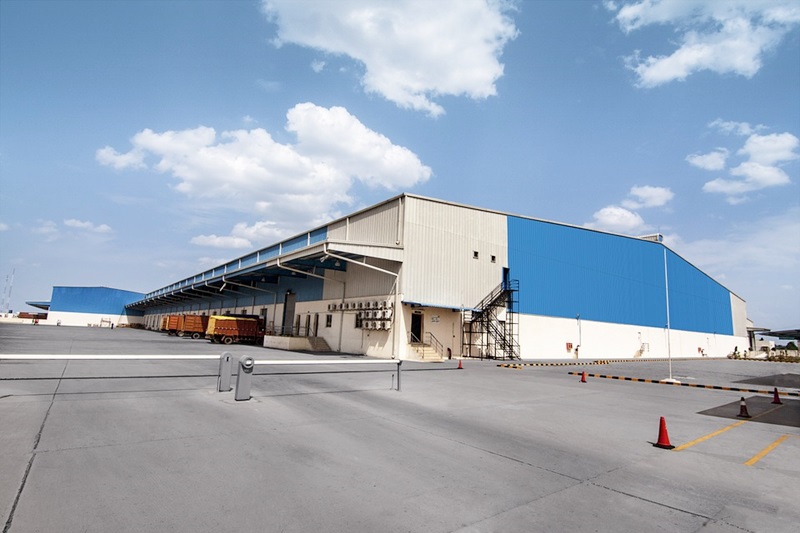Often left overlooked or unheard of, sheet piling is actually widely used in the world of construction and we may struggle to live without it.
Sheet piling plays a massive part in modern-day life, helping out with all kinds of constructions and operations from basements and pump houses to seawalls and excavations.
Both reliable and cost-effective, sheet piling is often the go-to method for soil retention and water guarding so, if you want to know how sheet piling helps our everyday lives keep reading this guide.

What is it?
Sheet piling is a method usually used to retain soil using most commonly metal but sometimes vinyl or wood sheets. The edges of these sheets are interlocked and are mainly used to achieve one or more of three objectives:
- Creating a barrier to underground water flow.
- Constructing seawalls and bulkheads.
- Supporting excavations.
How does it work?
These sheets are interlocked in such a way that they are connected firmly together and are then driven into the ground, either permanently or temporarily.
Usually, the sheet piles are driven into the ground with vibratory hammers but, in some cases, vibrations can be a concern. If using vibratory hammers is not an option, driving the sheet piles into the ground hydraulically is usually preferred.
Where can you find it?
If you’re new to the concept, you may be surprised by how common sheet piling actually is. We spoke to Sheet Piling UK who said: “Sheet piling is perhaps most frequently used in the construction of below-grade car parks, basements, cofferdams, pumphouses, seawalls, and foundations.”
“Although the most commonly used type of sheet pile is made of steel, you can also get them made out of prestressed concrete, precast concrete, and wood.”
What are the pros and cons of sheet piling?
- Sheet piling is sustainable because the temporary sheets can be used and reused time and time again.
- Although cold rolled sheet piling is cost-effective, it isn’t the best method for water retention.
- The more traditionally used hot rolled sheet piling is an effective method for water retention.
What are the sheet piling driving methods?
Driving sheet piling into the ground isn’t always easier, but there are techniques that can be used in different types of earth. The three main driving methods for sheet piling are:
Staggered driving
This technique is used in problematic soil which may be difficult to penetrate, where the sheet piles are driven into the ground between guide frames.
Pitch and drive
This is the most simple method of sheet piling and can be used in loose soil. To pitch and drive sheet piles, drive each sheet pile to the full depth before driving the next one.
Panel driving
Panel driving makes sure that the sheet piles have a strong alignment, so it’s more often used in denser sand or soil.
If you’re yearning for more information on how sheet piling works, its uses, and its pros and cons, there are detailed guides that can give you some insight.

 by
by 

